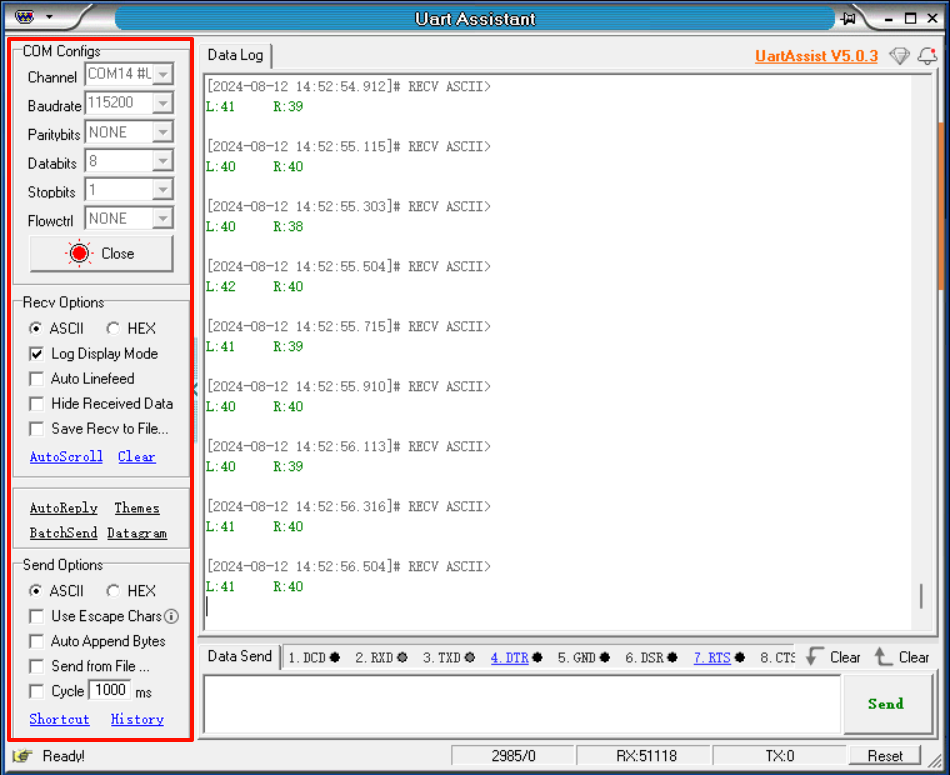Incremental PID
Incremental PIDIncremental discrete PID formulaDifference between positional and incremental PIDCode implementationSoftware codeExperimental phenomenon
Incremental PID control does not directly use the error value as input to calculate the control output, but uses the increment of the control amount (i.e. the difference between the previous moment and the current moment) as input.
Incremental discrete PID formula
△Uk: incremental output
e(k): current deviation
e(k-1): last deviation
e(k-2): last deviation
Kp: proportional term parameter
Ki: integral term parameter
Kd: differential term parameter
Difference between positional and incremental PID
positional PID
The positional PID calculates the current deviation value (difference between target value and actual value), integral value (sum of past errors) and differential value (error change rate), and then adds these three parts to obtain the PID output.
incremental PID
The incremental PID calculates the change in the difference between the current error and the last error to obtain the PID output increment.
Position PID needs to accumulate the integral term, which is suitable for the occasions where the system has high requirements for steady-state error.Incremental PID does not need to accumulate the integral term, which is suitable for the occasions where the system has high requirements for response speed.
Code implementation
Incremental PID is speed closed-loop control. Speed closed-loop control is to measure the speed information of the motor according to the number of pulses obtained per unit time, and compare it with the target value to obtain the deviation. Then we control the deviation proportionally, integrally, and differentially to make the deviation approach 0.
xint Incremental_PI (int Encoder, int Target){static float error, Pwm, Last_error, Last_last_error;error = Target-Encoder; // Calculate deviationPwm + = Incremental_KP * (error-Last_error) +Incremental_KI * error +Incremental_KD * (error-2 * Last_error + Last_last_error); // Incremental PID controllerLast_error = error; // Save the last deviationLast_last_error = Last_error; // Save the last deviationreturn Pwm; // Incremental output}
Software code
Since the relevant peripheral driver tutorial has been introduced before, it will not be introduced here!
xxxxxxxxxxProduct supporting materials source code path: Attachment → Source code summary → 3.PID_Course → 05.Increment_PID
Experimental phenomenon
The Increment_PID.hex file generated by the project compilation is located in the OBJ folder of the Increment_PID project. Find the Increment_PID.hex file corresponding to the project and use the FlyMcu software to download the program into it.
After the program is successfully downloaded: the serial port will print the button status and the currently set encoder increment (corresponding to the motor rotation speed). The button can switch the LED status and control the speed of the motor.
xxxxxxxxxxWhen using the serial port debugging assistant, you need to pay attention to the serial port settings. If the settings are wrong, the phenomenon may be inconsistent.
